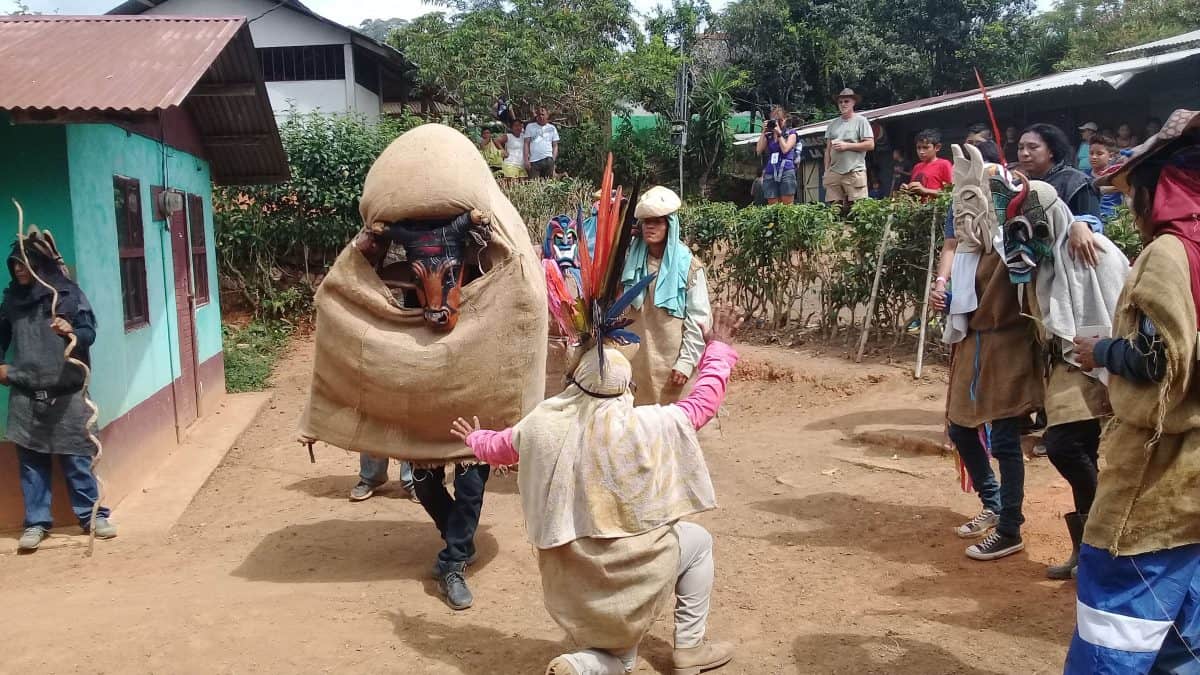Within the list of days’ anniversaries in Costa Rica, April 19th, is maybe least interesting day of commemorating, of making remembrance and of celebration. And it’s not for the least; there’s no acknowledgment from the non-indigenous collectivity for the cause of the native communities.
On a simple glance the predominant society could be blamed for it, however it relapses in a more profound problem of the State’s structure. On the beginnings of the construction of Costa Rican State, the active participation of the closest indigenous communities was absent.
This commemoration has its beginnings on the First Inter American Indigenist Congress, celebrated at Patzcuaro, Mexico from April 14th to April 24th in 1940. This activity gathered the majority of the country’s republics, except Paraguay and Haiti’s face-to-face presence, who gave their adhesion at a distance once the congress culminated.
On the Final Act of the event, different topics addressed by the delegates can be appreciated such as the LIX section about the “Indian Day”:
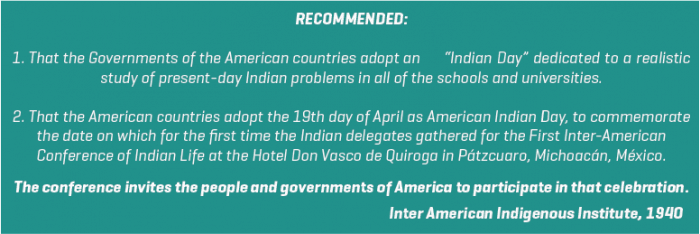
With that data, a series of analysis are drawn regarding the sense of this day, its background and the intentions it was pursuing. For that, two areas are mentioned in which the current discussion is based.
Reasons of origin
This so-called celebration was given in an international context of the time where the States promoted integration as an asserted way from the non-indigenous vision for the development of the peoples. However, these orientations of development haven’t stopped being an option. In fact, the integration or indigenous politics are twin vision.
They’re on a broader sense, currents of thought or the conjunction of various ideologies promoted from the “indigenous groups” or from the non-indigenous political elite class from the States, that pressure to integrate the indigenous person to the development current that pursues a majoritarian society.
On an international level, the International Labor Organization, promotes the ratification of the No. 107 Agreement, related to the protection and integration of the indigenous populations and other tribal and semi tribal populations in the independent countries, which had as slogan the implementation of local politics of economic acceleration for the populations and its progressive integration (2nd article).
From its behalf, Costa Rica in 1971, through an executive order no. 1803-C, adopts this celebration and names it as the National Day of the Costa Rican Aborigine. A few years later, the indigenous politics was evidenced much more through the 6172 Law, Indigenous Law and its regulations, the “indigenous reserves” should be regulated under the State’s entities in absence of an endemic governance form:


Claiming Process
However, in the 80s, a strong Latin American indigenous movements current begins promoting the multiculturalism as recognition of the collective rights of the so-called indigenous groups.
The same Agreement 107 of the International Labor Organization, under demand from the international indigenous movement, has a new version of protection to their rights, the Convention 169 about the Indigenous and Tribal Rights in Independent Countries, whose article 6 is an accolade to the construction of the public politics, given that it specifies that it enjoys the right to the Indigenous Consultation regarding executive or legislative initiatives that affect the collective rights.
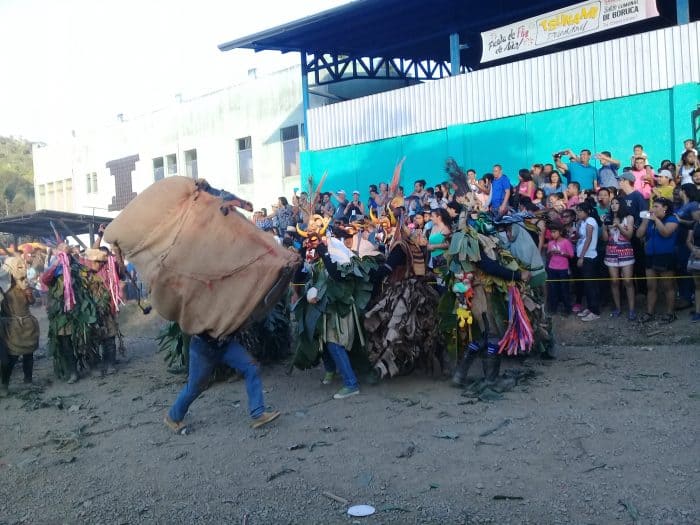
It’s this way how it is achieved that in the Conventions and Declarations of International Human Rights now speaks about the Indigenous People, overcoming the term “ethnical group”, or “aboriginal” and “indigenous reserve” for Indigenous People and Territories, given that it holds the category of being communities, it’s much more effective for the respect of the collective rights of the indigenous world.
With the second point, on the resolution 49/214, from December 23rd, 1994, the General Assembly of the United Nations decides on a new day of celebration, the International Day of the World’s Indigenous Peoples every August 9th. Said date commemorates the first reunion of the United Nations Workers’ Group to speak about the indigenous peoples in 1982.
The legacy of the indigenous peoples
The Costa Rican indigenous peoples have cultural expressions in the gastronomical, artistic and plastic areas for its millenary heritage, which translates as ancestral wisdom. On that side, 5,844 square kilometers of the national territory and sea is found on indigenous territories translating to a 16 percent of the humid forests, 14.8 percent of the wetlands and 5.5 percent of the mangroves in the country.
On a linguistic level, there’s a mastery of the cabécar, bribri, ngäbere and malekujaica languages. The bloran or teribe is in an intense process of rehabilitation and the brunka language, even with the loss of its last speaker on the past Saturday April 7th, refuses to die.
According to the INEC (2011), in Costa Rica there are 104,143 indigenous people who form part of the eight indigenous communities: Chorotega, Maleku, Huetar, Bribri, Cabécar, Boruca or Brunka, Teribe or Térraba and Ngäbe, distributed in 24 territories, which is a 2.4 percent of the national population.
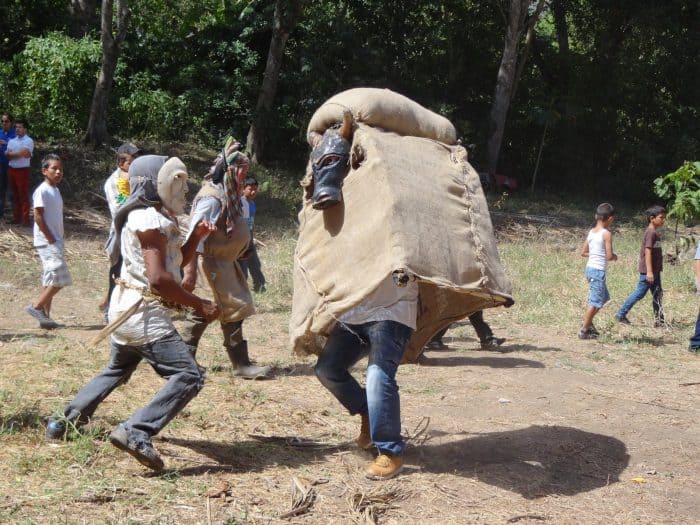
And it’s not until 2015, when Costa Rica’s Political Constitution’s first article was modified and declared the country as a democratic, free, independent, multiethnic, and multicultural Republic.
And it’s not until 2017 that the so-called Juego de los Diablitos de Boruca (Game of the Devils of Boruca), ancestral ceremony of the brunka peoples, is declared as Intangible Cultural Heritage of Costa Rica (Executive Decree No. 40766-C), accompanying in this category swing criollo and calypso.
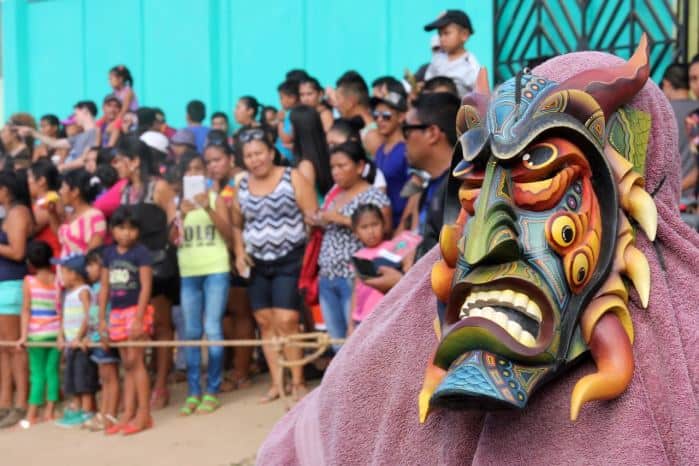
The importance of commemorating this day lies in the comprehension of a struggle of the indigenous peoples to become visible and taking the flag of claiming their rights. The way in which it’s celebrated in the Great Metropolitan Area is very distant on how things are done with the communities from the territories. It’s important, on that sense, to promote the spaces that are culturally pertinent to have it clear for societies that the indigenous people were, are and will be part of this country that’s rich in the cultural diversity.
The author of this piece is Cristhian González Gómez, a Brunka indigenous man from the Boruca indigenous territory. He has a bachelor’s degree on Sustainable Tourism Management from the Costa Rican Institute of Technology (TEC), graduated from the Universidad Nacional (UNA) with a degree on International Relations with an emphasis on the Management of International Cooperation and is certified on Businesses and Touristic Activities by the Academic College of Cartago. He currently works as an analyst on Indigenous Topics and is a consultant for the Presidency’s Ministry on Indigenous topics.
As a side note, the Brunka Indigenous Peoples is the only Costa Rican community that has two winners for the National Popular Culture Prize: Ismael González Lázaro, Boruca master mask maker, who incentivized the creation of the traditional masks and the Holy Spirit Maroto Rojas, greatest leader of the Juego de los Diablitos. He rescued the Brunka language and millenary traditions. Both award-winners have passed away.

